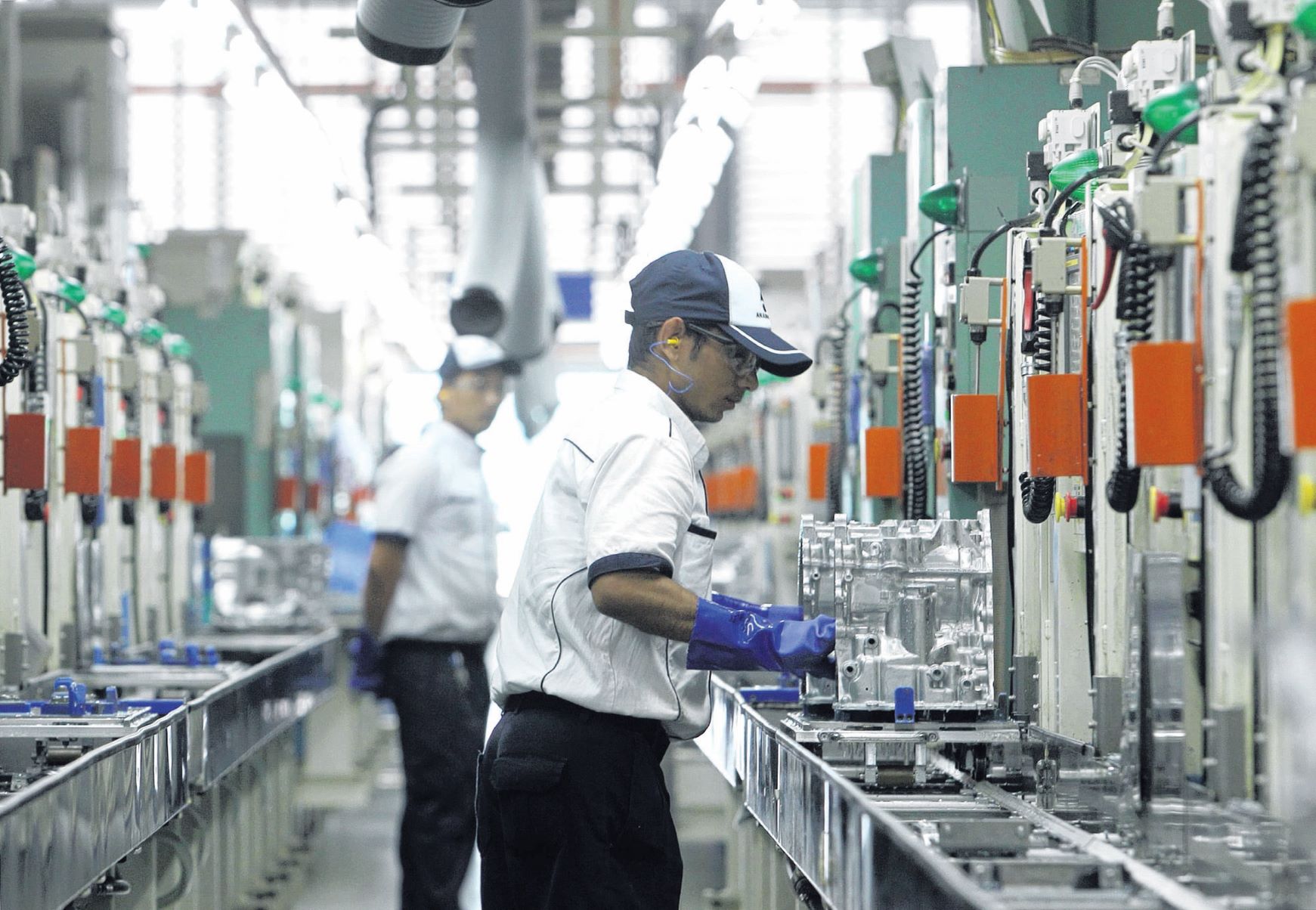Bitcoin’s price rebound in July has brought some much-needed relief to miners, resulting in a noticeable increase in mining activity and a reduction in selling pressure. A report from CryptoQuant, dated July 31, highlights these developments, revealing that miners have been offloading less Bitcoin (BTC) recently. This shift is attributed to a significant uptick in daily miner revenues, which have surged by nearly 50% since early July.
Increase in Mining Activity
As of July 29, miners’ hashrate has reached 604 exahashes per second (EH/s), reflecting a 6% rise since July 9, when it had hit its lowest level since February 28. The report underscores the connection between increased revenue and hashrate recovery:
“Daily miner revenues are currently around $32 million, compared to a year-to-date low of $22 million reached in early July. Higher revenues are supporting the comeback of network hashrate.”
Bitcoin’s price has risen nearly 6% over the past 30 days, trading at approximately $66,500 at the time of writing. This increase brings the cryptocurrency’s year-to-date gain to over 49%, boosting miners’ financial outlook.
The improved revenue has led to fewer BTC sales from miners’ reserves in recent weeks. According to the CryptoQuant report, outflows from miners have generally been lower compared to earlier in the year. This trend indicates reduced selling pressure as prices have recovered.
In July, daily miner outflows ranged between $5,000 and $10,000. This is a decrease from the $10,000 to $20,000 range observed when Bitcoin first approached the $70,000 mark. The reduced outflows allowed miners to liquidate some of their holdings before the Bitcoin halving event, which cut mining rewards by 50%.
Impact of the Halving Event
Bitcoin’s halving, which occurs every four years, halves the rewards miners receive for validating new blocks. This deflationary mechanism impacts miners’ revenues and has been a significant factor in recent market dynamics.
Despite the increased miner revenues, sales from miners have not been uniform. Larger miners have been increasing their Bitcoin holdings throughout 2024, while smaller miners have been reducing their BTC reserves.
| Miner Category | Bitcoin Holdings (July 29) | Change Since January 2024 |
|---|---|---|
| Large Miners | 65,000 BTC | Up from 61,000 BTC |
| Smaller Miners | 51,000 BTC | Down from 59,000 BTC |
The data indicates that large miners have increased their Bitcoin holdings from 61,000 BTC at the start of 2024 to 65,000 BTC by late July. In contrast, smaller miners have decreased their holdings from 59,000 BTC to 51,000 BTC, with increased sales following the halving event.
Transaction fees, which currently make up 1.72% of total mining revenues, have reached their lowest level since October 2023. This decline poses a risk to miners, as their profitability is increasingly reliant on Bitcoin’s price rather than transaction fees.
The report highlights the vulnerability of miners to fee levels:
“One risk for miners lies in fees remaining at depressed levels, and mining profitability is currently too dependent on the price of Bitcoin.”
| Financial Metric | Value |
|---|---|
| Daily Miner Revenues (Current) | $32 million |
| Daily Miner Revenues (YTD Low) | $22 million |
| Miners’ Hashrate (July 29) | 604 EH/s |
| Bitcoin Price (Current) | ~$66,500 |
| Bitcoin Price (30-Day Gain) | ~6% |
| Miners’ Transaction Fees | 1.72% |
The data underscores the current state of the Bitcoin mining sector, illustrating how price recovery and increased revenues are influencing miner behavior. Despite these improvements, the reliance on Bitcoin’s price and low transaction fees remain critical challenges for miners.










